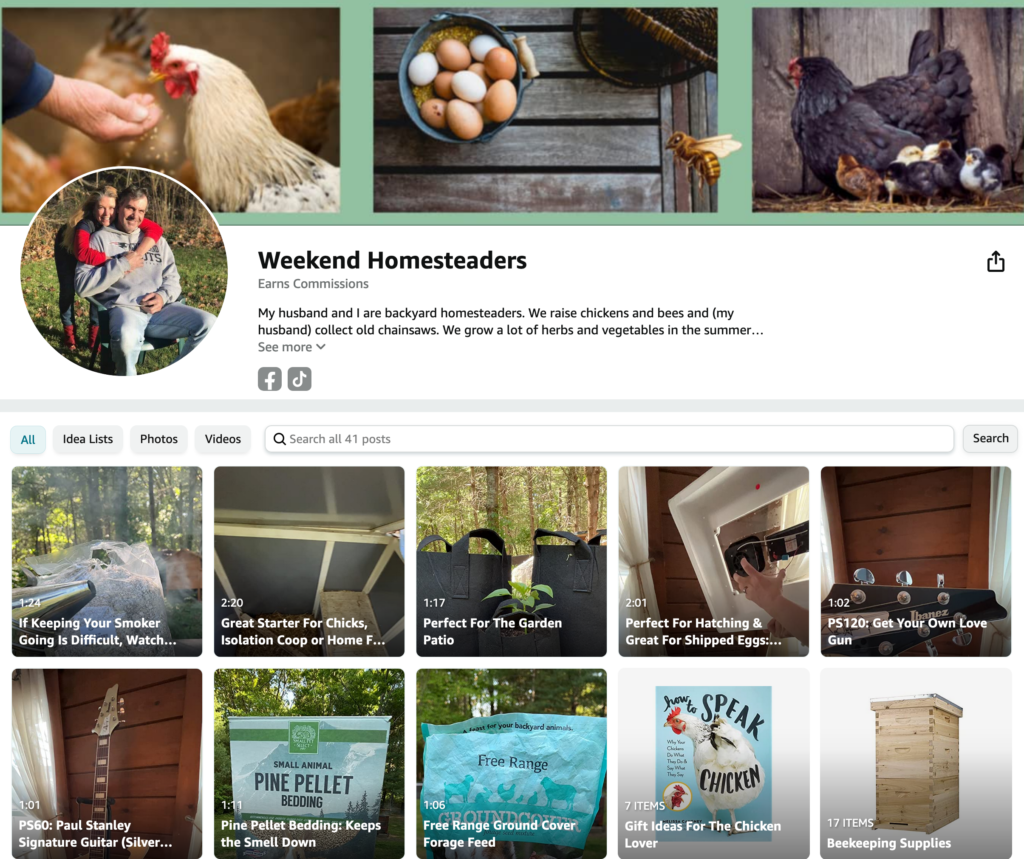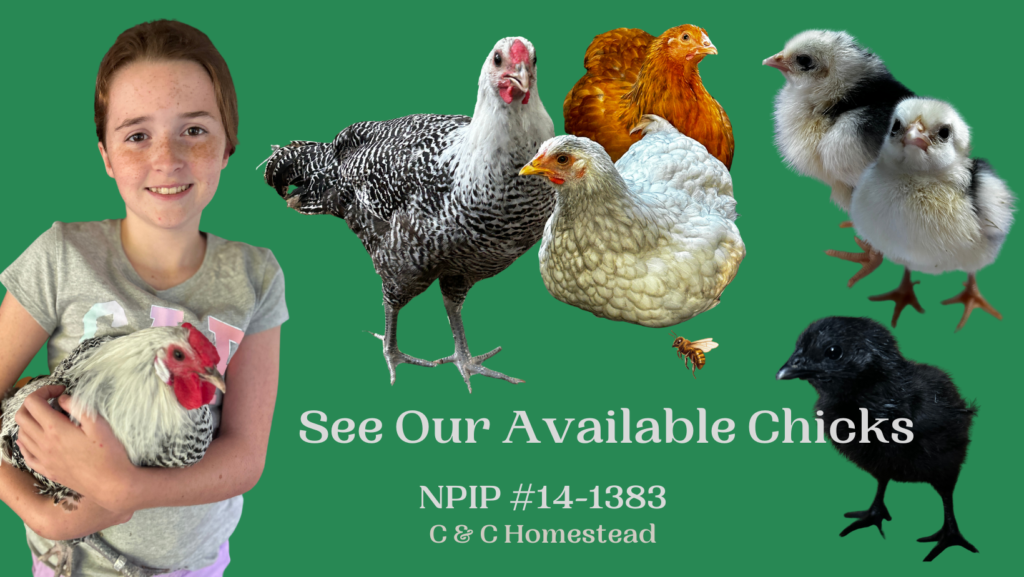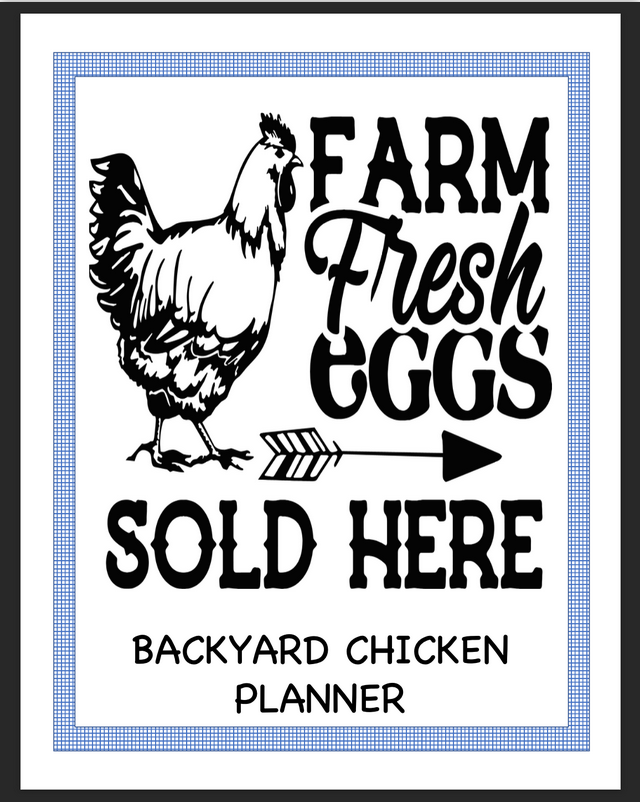Balancing Corporate & Homesteading Lifestyles
Training or Exercise Walk? Canine Circuit Training™ Is Your Model ! by Tom Schukay



Most dogs love going for a walk. It’s wonderful to watch them enjoy life doing what they love. That alone is reason to walk them! (If you have a dog that doesn’t like to walk contact me; that can usually be fixed!)
Dogs and puppies thrive having a regular exercise regimen. On the other hand adverse behavioral issues such as destructive chewing commonly result from lack of exercise. Walking and experiencing the sights and smells of outdoors is essential to keeping a dog mentally well-balanced!
Beyond providing exercise and mental stimulation there are of course other benefits to dog walking such as improving one’s own health and having fun being out in nature or getting around the neighborhood.
Then there is the training walk! As one might expect a training walk is a walk taken for the express purpose of dog training. A goal of this article is to help you discover, plan and execute successful training walks!
How Important Are Training Walks?
Until a dog is well-behaved the importance of training walks supersedes the importance of other kinds of walking. I recommend that for the duration of any dog’s training program no other kind of walk be taken (as will be seen, exercise and pleasure-walking components can and should be incorporated into training walks).
Training Walks And Behavior Modification
Incidents of bad behavior that occur on walks provide a key to understanding a dog’s psyche and to determining solutions.
When designing a behavior modification program one does well to consider all of the reasons why a dog enjoys (or perhaps doesn’t enjoy) walking. An analogy to human children is apropos.
Children can have widely different reasons for liking school. Some love learning. Others enjoy sports. Bullies might look forward to tormenting their targets at recess.
So it can be with dogs and walking. Some dogs love the outdoors, fresh air and social interaction. Others learn that outdoors there are dogs they can intimidate (or that may intimidate them) and people that they can bark at, lunge at or perhaps jump up on knocking them backwards, great fun! Some dogs love trying to pull the leash out of their owner’s hands to get loose and run free, or to chase after an animal or jogger.
There are fearful, protective and resource-guarding dogs whose sundry reactive triggers cause encounters with strangers and animals to not turn out well. For such dogs the circuit-training template easily facilitates the integration of behavior modification workouts.
Always consult a qualified canine professional before beginning any behavior modification program that goes beyond normal, at-home dog training.



Plan Your Work And Work Your Plan
Canine Circuit-Training™ embodies a dog training philosophy that I teach and often refer to. If you’ve ever heard the term before with near-certainty it was in regard to a human physical fitness event in which participants were invited to bring their dogs to add a unique element of fun to working out and secondarily for pet socialization. That and Cat Yoga (similar concept) are growing in popularity among pet owners who are into fitness. That’s a wonderful thing however what I’m advocating here is something quite different!
I recommend using the theory of circuit-training (a human fitness regimen that pairs aerobic walking with anaerobic workouts done at stations evenly spaced along a fitness trail) as one’s template for planning and conducting dog training walks.
A well-planned training walk is the most effective training walk! Good planning involves searching for teachable training opportunities.
Begin by planning several fun outings to scout out places along walking routes that will make good ‘training stations.’ For our purposes we’ll call the regimen done at each station ‘Training Activities.’
Suitable places include terrain features ranging from sidewalks, stairways and playground equipment in urban areas to strategically positioned sets of trees (for running figure 8s), picnic tables and small bridges in parks or rural areas, to name just a few. If you can find a parcourse with circuit-training stations you’ll discover that some of the outdoor exercise equipment and obstacles can be repurposed for dog training (whenever training around equipment for human use please make sure that dogs do not relieve themselves on the equipment and that you have poop bags on hand to pick up as needed).
These days more parks are installing enclosed areas with dog agility equipment. If you live near one, such a park is ideal for our purposes if you can gain access at times when no one is around (aside from other dogs being a distraction it’s bad etiquette to bring untrained dogs into an occupied dog park).
You’ll find that some walking routes have better options for certain kinds of training and others for other kinds of training. Providing varied training experiences in varied locations will make your training more effective and help build your dog’s confidence when in unfamiliar places.
Focus can be placed on specific aspects of training according to the individual needs of one’s dog but there are common protocols that everyone can employ to maximize training success! To keep training fun and your dog engaged it helps to adopt the mindset that you are ‘playing training games’ rather than ‘working through exercises’ (more on that in an upcoming blog). By the way (and especially at first) if you come up short for things to do at stations remember that the activities performed at one training station can be repeated at subsequent stations- just keep it fun!
You can also bring along or even go out in advance and pre-position training equipment (i.e. cones, mats or canine agility equipment); your options are limited only by your imagination! Additionally don’t forget to bring plenty of high-value training treats and fresh water to drink!
Canine Circuit-Training™ will greatly improve the effectiveness of your dog training. That being said, while anyone can try to do it on their own there’s no substitute for having the help of an experienced professional! Covering all of the details and nuances of every sort of training activity one can do on circuit-training walks would require writing a book. Selecting the appropriate training activities for individual dogs and getting effective performance from these may come easy to some but prove daunting to others, particularly beginners. I’m here to help! What better help could one have than the assistance of the one who designed this system!



Things To Avoid
Once you’ve determined and started working your routes, in short order your dog will come to know the stations and will look forward to training at them. In turn that helps their memory retention. To ensure that this positive training benefit works in your favor and that the mood always remains upbeat, fun and productive continually monitor your dog’s responsiveness and willingness to train.
Avoid drilling your dog too hard. Also avoid harsh, “commanding” and negatively inflected tones of voice. If your dog appears tired or burned out on the training it’s time to quit and shelf training until a better time; take care not to condition your dog to dislike training or going out for a walk!
In the event that you find you’ve chosen the wrong time to train (this happens from time to time with any dog) avoid any temptation to give up training and proceed with simply a “fun walk.” Doing so risks teaching a dog that acting up or shutting down can be a shortcut to going back to doing things the old way. It’s best to simply end the walk and return straight home.
If that happens do not express any disappointment; maintain a positive, upbeat demeanor at all times! Ending the walk will convey the proper message to your dog quite effectively. There’s no need or place for negativity. Be aware that in some difficult training cases this outcome may need to be repeated at different times and on different days. Be patient. Don’t give up; persistence always wins!
Dog walks are never a good time to catch up on phone calls, to text friends, get on social media or multitask. From the canine standpoint not paying attention is antithetical to leadership.
In the wild a pack leader that lapses in attention (generally from advanced age or injury) presents a risk to the pack’s survival, would lose the pack’s respect and would not hold its position for long. A canine that lapses in attention for any other reason would never rise to pack leadership in the first place. It’s unnatural for leaders to not be paying attention to their surroundings and it will seem unnatural and unsettling for you to not be paying attention to yours.
Domesticated dogs and the wolves from which they descended share an instinctive trait for awareness of and alertness to the strengths and weaknesses of fellow pack members; this is deeply rooted in survival instinct and influences social behavior.
Dogs know when humans are not paying attention and the canine mind is sophisticated enough to evaluate and swiftly act upon that. If something happens requiring your immediate attention and you’re busy on the phone trust that your dog will note you were caught off guard. The dog will assess your slow reaction time as you juggle handling the phone with whatever needs to be addressed. If your dog has no confidence in your fitness for leadership how can you expect it to listen? You can’t!
It’s therefore crucial for effective training that you comport yourself as the alert and confident leader of your “pack.” Few things are as detrimental to success in dog training as a cell phone (retractable leashes run a close second). Do yourself and your dog a favor; turn off the phone and keep it in your pocket or purse while training!
When planning training walks remember to consider extreme weather and temperature conditions, time of day, your dog’s energy level and what level of training your dog is at.
Finally strive to avoid any negative mindset that views training as “work” to be gotten out of the way so that one can get on with the “more fun” parts of a walk. Instead make the regimen as fun as possible and you’ll find that both you and your dog will love training!
Train In Short Bursts
A key goal should be for your dog to form a positive association with training. At first and until you start making good progress it’s best to focus on a single training activity per station.
If training activities involve motion spend approximately 3-5 minutes per station then wrap up, giving your release word.
Time spent at training stations will vary according to what activity you‘re doing. For example if your goal with a dog in advanced training is to extend the duration of a Down-Stay in a distracted environment you might easily spend 10 minutes or possibly longer at that station.
When your dog grasps or has mastered a training activity and willingly complies or performs it satisfactorily there’s no need to keep drilling on that activity; it indicates that you are finished at that station.



Training in short bursts keeps a walk upbeat, fun and helps your dog to not become “burned out” on training. We want our dogs to enjoy, form positive associations with and always look forward to training walks!
The circuit-training concept by its very nature allows one to interject interludes of relaxation, enjoyable walking, play, exercise or combinations of these between the short but focused training segments.
Once dogs understand how training walks are structured you’ll find they will work diligently and with focus to get to the free time and fun interludes!
Your beginning and ending stations should be at home, at the door. Upon leaving make your first station the doorway to train (or reinforce) proper exit behavior. Returning home, reinforce proper entry behavior.
Match training activities to the physical dynamics of each station. For example, the wide stairway of a public building or apartment complex provides a great station for practicing Heel up and down stairs. Elevated platforms such as gazebos, band shell stages or even picnic tables make excellent stations for practicing Down-Stay.
With motion-oriented training activities your stations will comprise the duration of that training event (for example pace-change or U-turn practice along a designated length of sidewalk). It’s easy to follow that up with some leisure or fun walking!
Training becomes modular with this approach, enabling you to change up what’s run at your training stations at different times and on different days. You can easily adjust a dog’s training regimen to keep pace with progress and keeps things interesting. Think creatively about training stations and ideas will practically suggest themselves!
Circuit-training keeps the entire walk fun yet directed. Your dog will become conditioned to receiving and honoring human instruction throughout the duration of every walk and the end result will be a dog that “listens” better!
In Between Training Stations
The fun, interesting things that happen between training stations- leisure walking, exploring, play, exercise, sniffing out new smells and exposure to all sorts of pleasurable stimuli- are actually resources that you control and dole out. In your dogs eyes having control of these resources reinforces your status as “leader of the pack.”
This approach provides an effective means of rewarding your dog for successfully completing training activities and is extremely useful when weaning a dog away from food rewards to substitute more powerful, more meaningful reinforcers.
There is an art beyond the science of conducting successful and productive training walks. If your dog acts wild or misbehaves following a training station try immediately reverting to short bursts of training followed by quick returns to your in-between plan, repeating as necessary until your dog figures out what sort of behavior is acceptable. Even so still keep things upbeat, fun and rewarding to reestablish focus. Do not punish, simply alternate between training and resource apportionment to heighten your dog’s situational awareness and improve communication.
Every walk with a dog in training needs to be focused first on training. Physical exercise, important as it is, is of secondary importance. Dogs need both so plan accordingly but view training as the primary reason for every walk. Above all remember that your walks are ultimately about bonding and having fun together!
Suggestions For Training Activities
Heel is a lot of fun and has many uses; it’s one of the best things to learn and practice outdoors! However I strongly recommend that owners first teach a Heel game indoors, off leash (also a separate article).
Once your dog catches on to how fun it is to stay at Heel position ‘no matter what’ as together you navigate around furniture and hug the perimeters of rooms and hallways as if you had terrain-following radar you’ll have created a favorite game that you can take outdoors! When a dog loves Heeling indoors and sees it as a favorite game teaching a formal Heel outdoors becomes close to effortless!
Keep Heel fun outdoors by practicing it intermittently using the circuit-training concept. Never require a puppy or a dog that’s beginning training to do long, oppressive walks at Heel. Instead train in short, fun bursts and increase Heel time incrementally.
Speed and direction changes add even more fun as your dog is challenged to remain at Heel in shifting scenarios and gets rewarded for doing so! Acquiring the mental skill to adapt to Heel under shifting conditions helps develop complex thinking abilities- especially problem solving- as a dog learns to think sequentially (gains the ability to anticipate, process and adapt to multi-step instructions and multiple-event scenarios).
Practice About-Turn, both left and right. With progress you can add other types of turns and movements such as Figure-8s. Learning to anticipate and perform abrupt turns with a human (be sure to give accurately-timed turning signals and rewards) keeps a dog on its toes and listening for your cues. Do this at Heel to increase the fun!
Practice “Automatic” (fast) Sits with using unpredictable timing. Be creative with combining Sits, Turns and Halts (i.e. give a “Come Around” cue, execute an About Turn and Sit your dog after a chosen number of steps. Wait, say, 10 seconds, call your dog to Heel and then execute another About Turn to resume your original walking direction).
Teach your dog to anticipate a “Stay” cue when approaching intersections. Pause for the desired interval and when ready give a “crossing” cue (“OK, Let’s Cross!”). Condition your dog to pause, check for cars at street crossings and then cross at a quick pace once all is clear (wave cars to pass if a driver is stopped and waving for you to go; insist upon them going first and cross immediately after they pass so that your dog gets used to crossing after cars go by, not in front of them). Convey a sense of haste with crossings (always having paused first) even if there are no cars; the idea is to condition your dog to never linger in roadways! After crossing have your dog ether sit or do something else away from the curb to get their reward.
Play versions of “Leave It” - “Take It” games using high value treats or favorite toys. Do these in both stationary and in-motion contexts (walking past the distractions).
Practice Recalls using a retriever training line even if you don’t have a retriever. Twenty feet is a good beginner’s line length. As your dog’s recall skill increases you may move up to a fifty-foot line and longer. Eventually a solid recall will become habit and you’ll no longer need the line. (Note: Helping to design a fun and effective recall game appropriate to the dynamics of your specific route is a training service that I provide!)
A large percentage of the recalls will be at full line length but by no means must you always wait until your dog reaches the end of the line. Change things up! Recall your dog sometimes from only halfway out and do some from only a few yards or a few feet out! Recall training is more effective and more fun when the distances are varied.
Even on botched recalls when you have to bring the dog all the way in using the line be sure to praise your dog every time with enthusiasm using verbal, touch and food reinforcement just as if they had completed the recall perfectly!



In Summary
We’ve discussed just a few of the powerful techniques at your command when employing Canine Circuit Training™ to make training more fun and effective!
A final note concerning dog walks; always keep child safety protocols in mind. Dogs communicate social status using physical signals that involve the higher-status dog placing its head or paws over the shoulders, the neck or top of the head of the lower-status dog. The signal infringes upon the lower-status dog’s personal space in order to ‘make a point.’
Dogs usually don’t respond well to receiving ‘statements’ like that from an animal whose status they perceive as being inferior to their own. Many dogs right off the bat, unless conditioned otherwise, will assume that toddlers, children with ages in single digits and even “tweens” are of lower status or at least would be violating personal space to make such a signal. From a dog’s point of view a small child towering over and reaching down to pet them on top of the head reads like an attempt to signal, “I’m over you!” A dog that doesn’t agree is likely to nip the child in a manner intended to convince a lower-status dog, “No you aren’t, don’t ever try that again!”
Misread signaling contributes to a large percentage of dog bites sustained by young children. For safety’s sake please ensure that any child allowed to greet and pet your dog initially pets only the dog’s chest and shoulder areas. Ensure that no child leans or towers over your dog while greeting or petting (this applies also to the children of relatives or friends who come by to visit even though they may know the dog). Always be safe!
Please feel free to contact me if you would like further information or help with anything mentioned above, or with any training matter that you may have.
Thanks for reading and have fun with training!
Copyright 2019, Tom Schukay. Do not publish commercially or reproduce without permission.

For more information about the author Tom Schukay, please check out his web site: Dogs Love Training!



